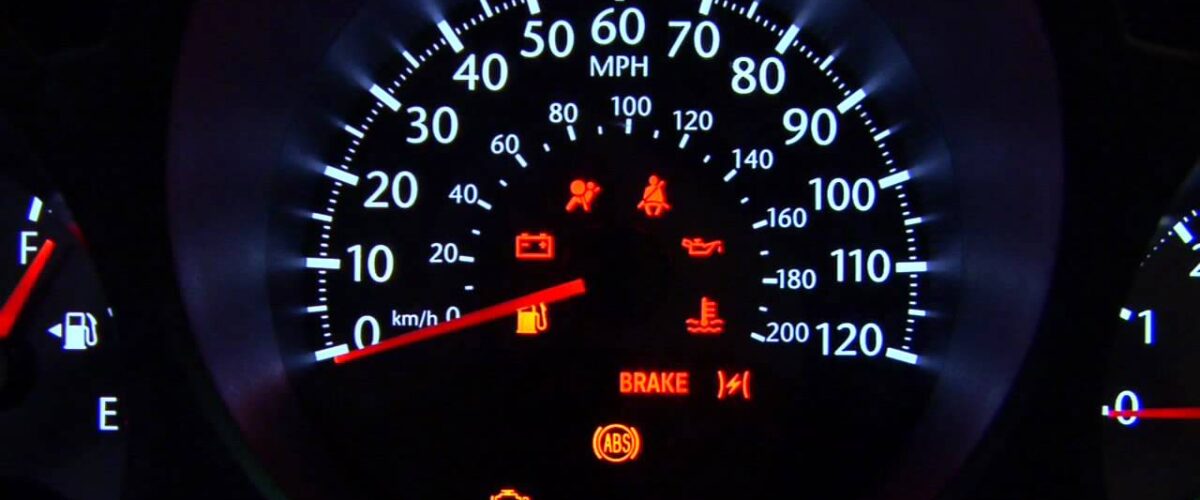11. Replace Worn Out Tires Immediately
There is a way to check the state of the tire using a penny. It’s simple; just take a penny out of your pocket, invert the coin and make sure Lincoln’s head is facing upside down. Next, put the penny in between the tire treads and observe. If you can see the top of Lincoln’s head when you put the penny between the tire treads, it means you need new tires. On the other hand, if you can’t see the top of Lincoln’s head when you put the penny between the tire treads, you’re good to go.
Otherwise, you know what happens when your tires completely wear out. Hint; a ticking time bomb!
12. Don’t Install Mismatched Tires
Admit it, you’ve probably thought about fixing mismatched tires on your car, or maybe it was your subconscious mind. The problem with installing mismatched tires is that it can upset the handling of your car and even trigger a spin out. In fact, a misfit tire can cause the other tires to wear out at an unusual alarming high rate and force you to buy a new set of tires a few weeks later.
13. Check Your Spare Tire

Just because you’re certain there is a spare tire in your trunk, doesn’t mean it will be useful when push comes to shove. Do you check its air pressure once in a while? Have you confirmed it won’t mismatch when you install it? The last thing you want is wasting money on a tow truck because you forgot the check the condition of your spare tire.
Car Engine Maintenance Tips
The engine is the heart of your car. It often goes without saying that if you want to keep the performance of your car at the optimum capacity, you must maintain the engine properly. Not to mention, a single mistake in the engine can cause a lot of damage and you will probably end up spending almost the same amount of money required to buy a new vehicle.
So what should you do to keep your engine in mint condition?
14. Check The Oil Regularly

If the engine is the heart of your car, the oil is the blood pumping in the veins that keeps it going. In other words, the oil is crucial for lubrication which helps to reduce friction. Further, the lower the friction, the less the chances of mechanical wear and tear.
Make sure you check the owner’s manual to verify how often you should change the oil. If you’re unsure, you can check the oil level of your engine using a dipstick. Another thing; if you notice the oil on the dipstick looks dirty, you should replace it.
15. Keep Your Engine From Overheating

Now that you know when the coolant light is on, it means the engine is overheating, you should know how to prevent it. But how do you do that? Well, it’s not rocket science, just check the coolant level occasionally. If you didn’t get the memo, the coolant plays a crucial role in regulating the engine temperature. Also, check out for any symptoms of a coolant leak.
16. Schedule A Regular Tune Up

A tune up might be necessary when your car power slows down or it becomes sluggish. Typically, it involves replacing or cleaning the air filter, PCV valves, spark plugs, fuel injection system, throttle body, fuel filter, distributor system, and ignition wires. What needs to be changed or replaced depends on the type of car that you drive. Additionally, the tune-up maintenance is usually scheduled after hitting 60,000 to 90,000 miles.
17. Check The Timing Belt

The timing belt is one of the most important parts of an engine; it works by coordinating the movement of the valves and pistons. Moreover, a damaged timing belt can completely destroy your engine burning a hole in your pocket. Then again, checking the timing belt will only take a few minutes and save you a lot of trouble in the future. Watch out for the red flags of a bad timing belt such as ticking engine noise, misfiring engine or oil leakage.
Otherwise, you should replace the timing belt as recommended in the owner’s manual; mostly, the change interval is from 60,000 to 105,000 miles.
18. Change The Air Filter At Regular Intervals

The air filter helps to circulate air in your engine to improve power and performance. Other than that, it stops debris and dust from accumulating in your engine. Hence, changing your air filter regularly especially if you drive on dusty roads can prevent a choked up engine. Of course, you should confirm with your car manufacturer how often you should change the air filter but just for the record, it can be replaced after 15,000 to 20,000 miles.
19. Replace Worn Out Drive Belts
Just like the timing belts, a drive belt malfunction can paralyze your engine. The most common sign of a faulty drive belt is a squeaky noise coming out of the engine. If it does happen, consult a technician immediately. However, you can avoid a worst-case scenario by checking the drive belts whenever you’re servicing your vehicle and replacing it if you notice any signs of wearing out.
20. Change The Spark Plugs And Wires

The spark plugs of your car assist to improve engine performance and avert those cold-starting and misfiring problems. Most owners’ manual advice replacing the spark plugs after 30,000 miles. Don’t worry; it won’t cost you a lot of time and money. Needless to say, when you change spark plugs, you should also change the wires to match up the electrical current of the new plugs.

